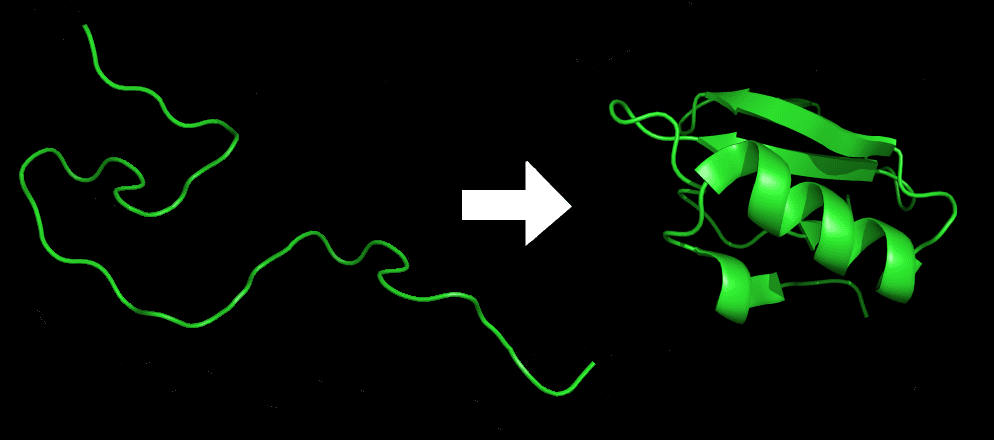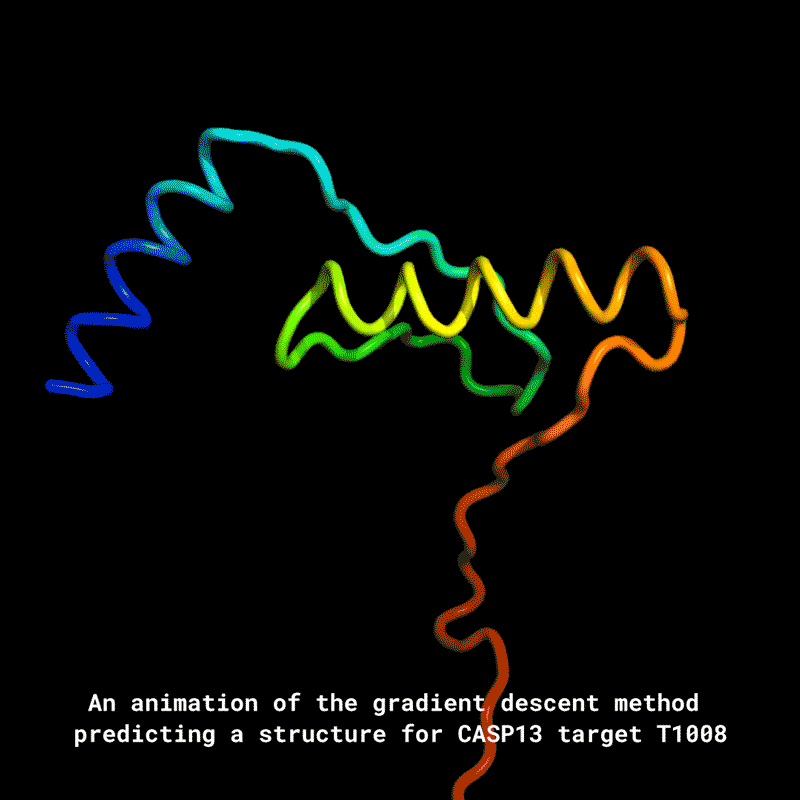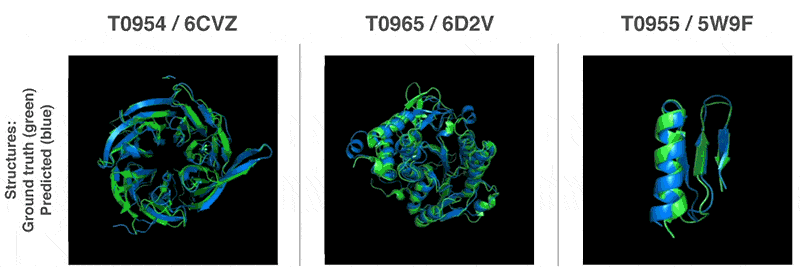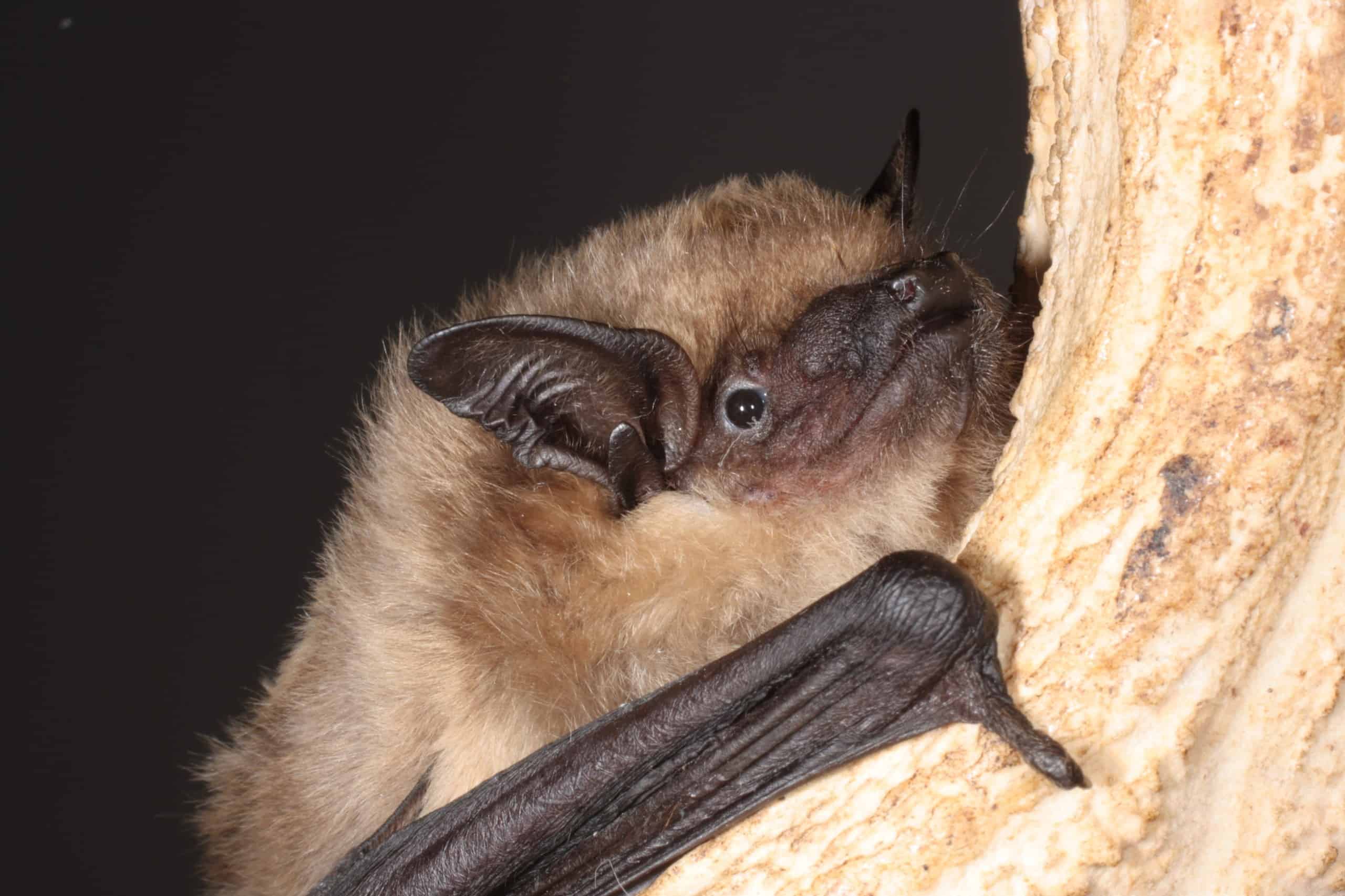The Artificial Intelligence (AI) algorithm has handily won a prediction competition.
Google’s DeepMind project already has an impressive track record — by surpassing the sum of human knowledge in chess in mere hours and conquering the immensely more complex game of Go, it has shown tremendous potential. However, for all their merits, DeepMind’s algorithms didn’t offer much in the practical sense — until now.
In a new blog post, Google announced a new algorithm was venturing into new and uncharted territory: protein folding.
“Today we’re excited to share DeepMind’s first significant milestone in demonstrating how artificial intelligence research can drive and accelerate new scientific discoveries,” the blog post reads.
At an international conference in Cancun, on Sunday, it was announced that DeepMind’s latest AI program, AlphaFold, had become amazingly good at predicting the 3D shapes of proteins, the building blocks of life — more so than any other contender.
Protein folding is the process through which a protein chain acquires its native 3-dimensional structure and becomes biologically functional. Essentially, a protein shape defines its function, and this shape is notoriously difficult to predict. Although this process is rarely discussed outside of scholarly circles, it has a tremendous importance for biological and medical purposes.
“For us, this is a really key moment,” said Demis Hassabis, co-founder and CEO of DeepMind. “This is a lighthouse project, our first major investment in terms of people and resources into a fundamental, very important, real-world scientific problem.”
Almost every function our body performs can be traced back to protein movement and folding — and genes are the recipe for those processes. However, predicting a protein shape from genes alone has proven extremely challenging. There is even a thought experiment (called Levinthal’s paradox) which states that it would take longer than the age of the universe to enumerate all the possible configurations of a typical protein before reaching the right 3D structure — that’s the kind of variability and difficulty involved when discussing protein folding.
This is where AlphaFold enters the stage.
[panel style=”panel-success” title=”Protein folding” footer=””]
DeepMind’s blog post does a great job of explaining the significance of protein folding:
“What any given protein can do depends on its unique 3D structure. For example, antibody proteins that make up our immune systems are ‘Y-shaped’, and are akin to unique hooks. By latching on to viruses and bacteria, antibody proteins are able to detect and tag disease-causing microorganisms for extermination. Similarly, collagen proteins are shaped like cords, which transmit tension between cartilage, ligaments, bones, and skin. Other types of proteins include CRISPR and Cas9, which act like scissors and cut and paste DNA; antifreeze proteins, whose 3D structure allows them to bind to ice crystals and prevent organisms from freezing; and ribosomes that act like a programmed assembly line, which help build proteins themselves.”
[/panel]
The Protein Structure Prediction Center, a body sponsored by the U.S. National Institute of General Medical Sciences, was running a protein-folding competition for different software, and AlphaFold prevailed, exhibiting an impressive ability. Overall, AlphaFold was able to predict the structure of 25 out of 43 proteins, whereas the next best software “only” got 3 out of 43.
“The 3-D models of proteins that AlphaFold generates are far more accurate than any that have come before — making significant progress on one of the core challenges in biology,” the company said.
This ability could prove instrumental in tackling a huge number of disorders such as diabetes, Parkinson’s, and Alzheimer’s disease. If scientists can figure out what a protein’s shape will be, they can understand what its function will be, and how potential misfolding can cause harm. This, in turn, will allow them to design new proteins to fight these diseases. But the potential isn’t limited to the medical realm. Ultimately, researchers might be able to design new proteins to perform other duties, like breaking down plastic pollution in the oceans.
So we are reaching a point where AI might become instrumental in scientific breakthroughs, opening exciting new possibilities — and this is particularly true in genetics, where the data ushered in by the rapid reduction in the cost of genetic sequencing can be efficiently analyzed through this type of machine learning.
Although AlphaFold used different learning procedures compared to its AlphaGo “cousin”, there is still a similar structure to the process.
“The success of our first foray into protein folding is indicative of how machine learning systems can integrate diverse sources of information to help scientists come up with creative solutions to complex problems at speed. Just as we’ve seen how AI can help people master complex games through systems like AlphaGo and AlphaZero, we similarly hope that one day, AI breakthroughs will help us master fundamental scientific problems, too,” the company declared.
Although there is still a great deal to be done before these achievements can be used in a practical scenario, the potential is enormous. Machine learning is starting to make a mark on science, and the possibilities it opens up are thrilling.












